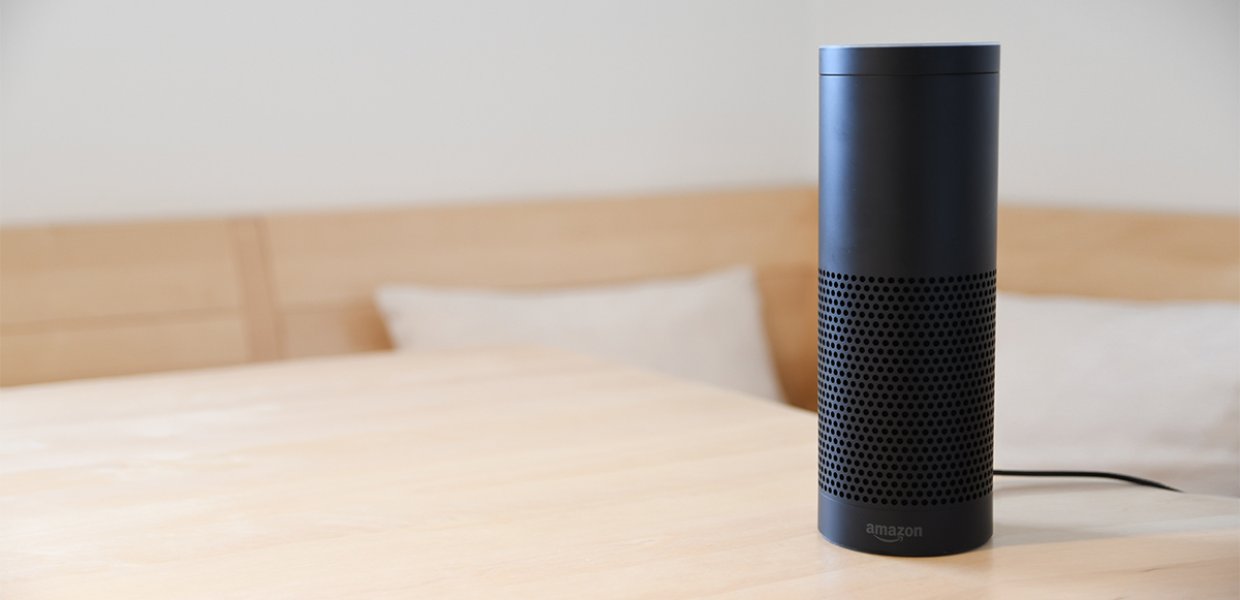Talking computers have been a science fiction staple since at least the days of the original Star Trek series. Now that digital assistants that respond to voice commands are firmly in the realm of science fact, a recent study suggests that this technology has some very enthusiastic users who might have watched the warp-driven adventures of the U.S.S. Enterprise when they first aired in the 1960s.
As part of the data contained in the Digital Future Report — now in its 19th year, it’s the country’s longest-running examination on the impact of the internet on American life — the Center for the Digital Future researched who was using digital assistants and how those users interact with the technology. The center has now released the digital assistant findings in a new mini-report, Smartest Edge: Digital Assistants.
“What we’ve been seeing for the past several years is an increased commitment to digital assistants on the part of some of the biggest corporations in the world,” said Brad Berens, chief strategy officer at the center, which is housed at USC Annenberg. Amazon’s Alexa, Apple’s Siri, Google’s Assistant, and Microsoft’s Cortana are well-known examples currently available. This commitment is paying off: According to the study, more than 44 percent of Americans use some form of digital assistant.
The study found that more than 60 percent of Americans under 16 reported using digital assistants; young people are often quick to adopt new technology. But the center also saw that 31 percent of those over age 65 and 27 percent of those over age 75 also reported using digital assistants.
“Despite the cliché that older people are technophobic Luddites, the percentage of Americans aged 75 and older who use digital assistants is high for a relatively new technology,” Berens said. “With the decreased vision and mobility that can come with age, digital assistants are likely to become increasingly important ways for the elderly to stay connected and remain independent.”
More than 60 percent of all digital assistant users, of all ages, said they used their software sidekicks to check weather and traffic, and to set alarms and reminders, Berens noted.
But some users said they found more engaging ways of interacting with the tools, including asking weird questions (35 percent), asking for jokes (26 percent), and settling bets and arguments (24 percent). Seven percent admitted to chatting with their digital assistants when they were alone.
“This suggests that while, at the moment, digital assistants are primarily functional, it may not be long before we can say, ‘Hey Siri, let’s play 20 questions,’ or ‘OK Google, harmonize with me as I sing ‘This is America,’” Berens said.
Download the free mini-report by clicking here.
